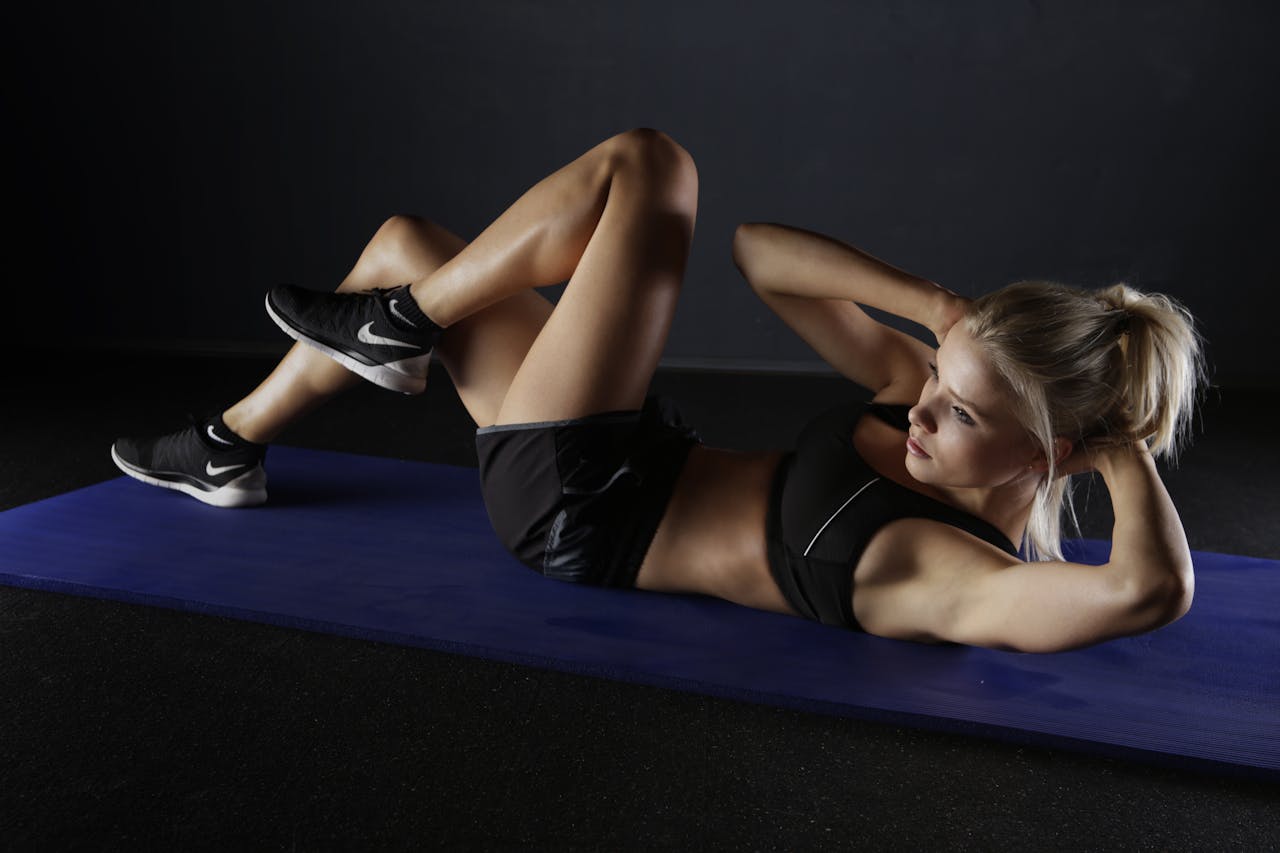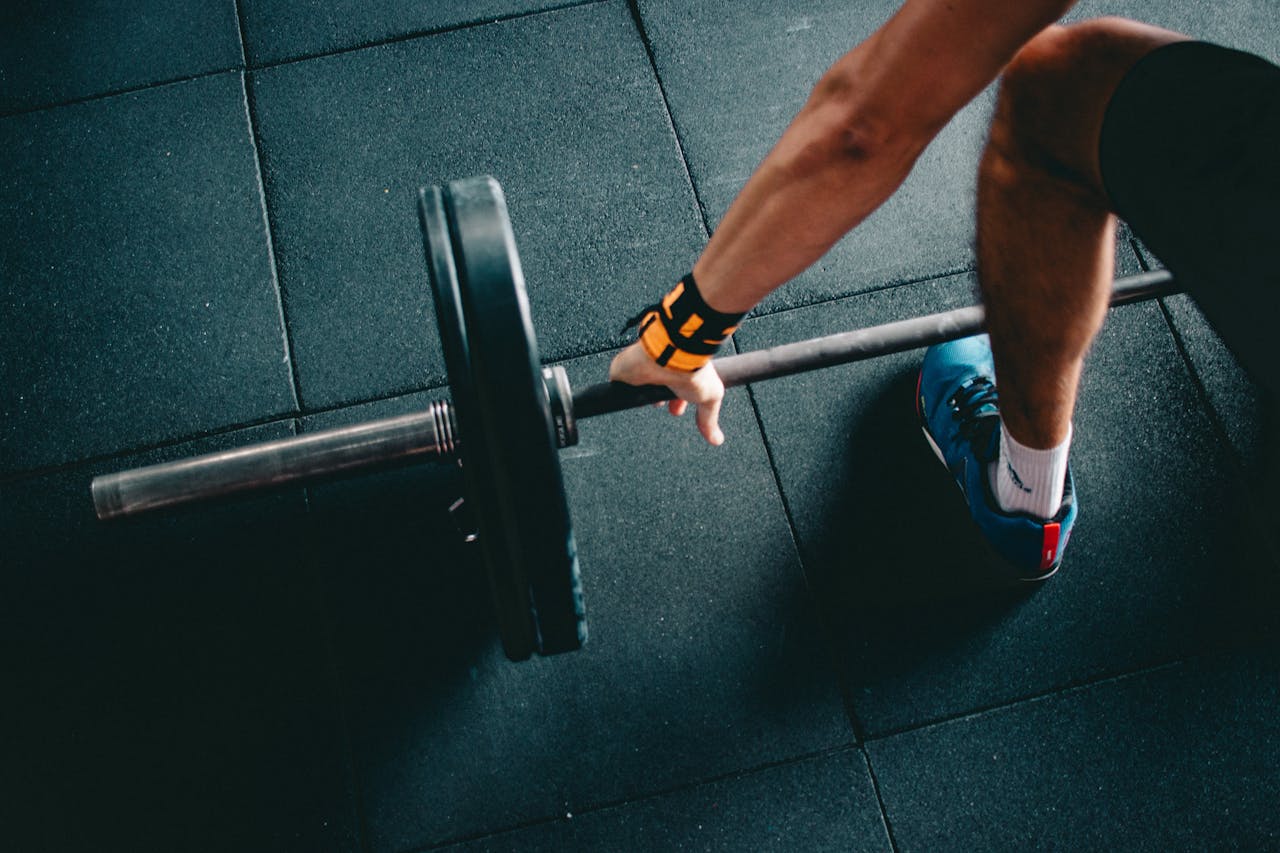Losing weight is about more than just cutting calories—it’s a process that combines science, movement, nutrition, and mindset. Weight loss happens when you burn more calories than you consume. This caloric deficit forces your body to tap into stored fat for energy. However, weight loss isn’t a straight line. Hormones, metabolism, and genetics play a role, which means everyone’s journey looks different. Your body may resist change at times, slowing progress as it adapts. This is why it’s important to approach weight loss with patience and realistic expectations—consistency, not speed, leads to long-term results.
Healthy weight loss happens gradually, typically 0.5 to 1 kg (1-2 pounds) per week. Setting achievable milestones helps keep you motivated without becoming discouraged. Rather than focusing solely on the number on the scale, aim for non-scale victories too—like increased energy, better sleep, or improved mood. Whether you’re just starting or refining your strategy, this article will help you to understand the essentials to help you build a healthier lifestyle while achieving your goals.
The Importance of a Comprehensive Workout Plan (Combining Cardio and Strength Training)
Cardio helps burn calories during exercise, while strength training builds muscle, which increases your metabolism over time. A good workout plan includes both because muscle burns more calories at rest than fat. In other words, lifting weights helps you lose fat more effectively, even when you’re not working out!
How Much Exercise Do You Need?
Experts recommend 150-300 minutes of moderate activity or 75-150 minutes of vigorous activity per week. That might sound like a lot, but it becomes manageable when broken into smaller sessions. Focus on consistency rather than perfection—every workout, no matter how short, brings you closer to your goals.
Types of Workouts for Effective Weight Loss and Cardio
(HIIT): Fast and Effective: HIIT involves short bursts of intense exercise followed by brief rest periods. It’s great for people with limited time because it burns a lot of calories quickly. HIIT workouts are also known to boost your metabolism for hours after you’re done, a phenomenon called the afterburn effect.
If high-intensity workouts feel overwhelming, steady-state cardio—like jogging, swimming, or brisk walking—can be just as effective when done consistently. The goal is to maintain a steady pace that challenges you but doesn’t exhaust you.
Strength Training: Building Muscle to Burn Fat
While cardio burns calories during the workout, strength training creates lean muscle that revs up your metabolism long-term. Exercises like squats, deadlifts, and push-ups not only shape your body but also make everyday movements easier.
Sample Weekly Weight Loss Workout Plans
Beginner Plan: Easing Into Your Fitness Journey
- Monday: 30-minute brisk walk
- Wednesday: Bodyweight strength training (push-ups, squats, lunges)
- Friday: 20 minutes of cycling or swimming
Intermediate Plan: Adding Intensity for Better Results
- Monday: 30-minute run
- Tuesday: Upper body strength training
- Thursday: HIIT workout (15-20 minutes)
- Saturday: Lower body strength training
Advanced Plan: Challenging Yourself for Maximum Impact
- Monday: 45-minute run or bike ride
- Tuesday: Full-body strength training
- Thursday: HIIT workout (20-30 minutes)
- Saturday: Strength training with heavier weights
Staying Motivated and Keep Tracking Your Progress
The best workout is the one you enjoy enough to stick with. If running on a treadmill feels like a chore, try dancing, hiking, or a group fitness class. When workouts feel like fun, it’s easier to stay consistent.
Tracking your workouts and diet can keep you accountable and show how far you’ve come. Use a fitness app, journal, or photos to document your journey. But don’t rely only on the scale—look for improvements in energy, strength, and how your clothes fit.
Nutrition and Weight Loss: Fueling Your Workouts
You can’t out-exercise a poor diet. Nutrition plays a crucial role in weight loss, as it directly influences your calorie intake. Focus on eating a variety of whole foods, including lean proteins, fruits, vegetables, and healthy fats. Reducing processed foods and sugary drinks makes it easier to maintain a calorie deficit.
Pre- and Post-Workout Nutrition: What to Eat for Best Results
Before your workout, fuel up with carbs and a bit of protein for sustained energy (like a banana with peanut butter). After exercise, your body needs protein to repair muscles and carbs to replenish glycogen. A smoothie with protein powder and fruit is a quick, effective option.
Common Mistakes to Avoid in Weight Loss Workouts
Skipping Rest Days & Ignoring Your Body’s Signals
Rest days are essential because they give your body time to recover and prevent burnout. Over-exercising can lead to injuries and fatigue, making it harder to stay consistent. Aim for at least one or two rest days per week, and don’t feel guilty for taking them—they’re part of the plan!
If you’re feeling exhausted or experiencing pain, listen to your body. Fatigue or discomfort can be signs that you need to slow down. Weight loss is about sustainable progress, not perfection, so it’s okay to take breaks when needed.
Conclusion: Embracing a Healthier Lifestyle
The ultimate goal isn’t just to lose weight but to build habits that support lifelong health. This means creating a routine that fits into your life, not one that takes over it. Celebrate the changes you’re making, whether it’s eating more vegetables or staying active consistently.
Weight loss can be challenging, and progress isn’t always linear. But remember: Every small step matters. Whether it’s choosing water over soda or completing a short workout on a busy day, these actions add up over time. Stay patient, enjoy the process, and trust that you’re moving in the right direction. You’ve got this!
Weight loss is more than a number on a scale—it’s about building a healthier version of yourself, step by step. With the right mix of workouts, nutrition, and self-care, you’ll not only see results but also feel more energized and confident along the way. Keep going, and enjoy the journey toward a healthier you!












Leave a Reply